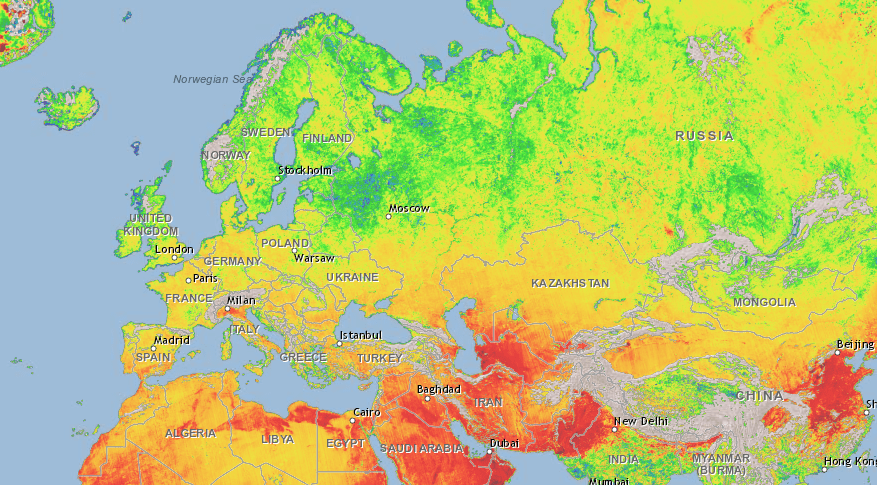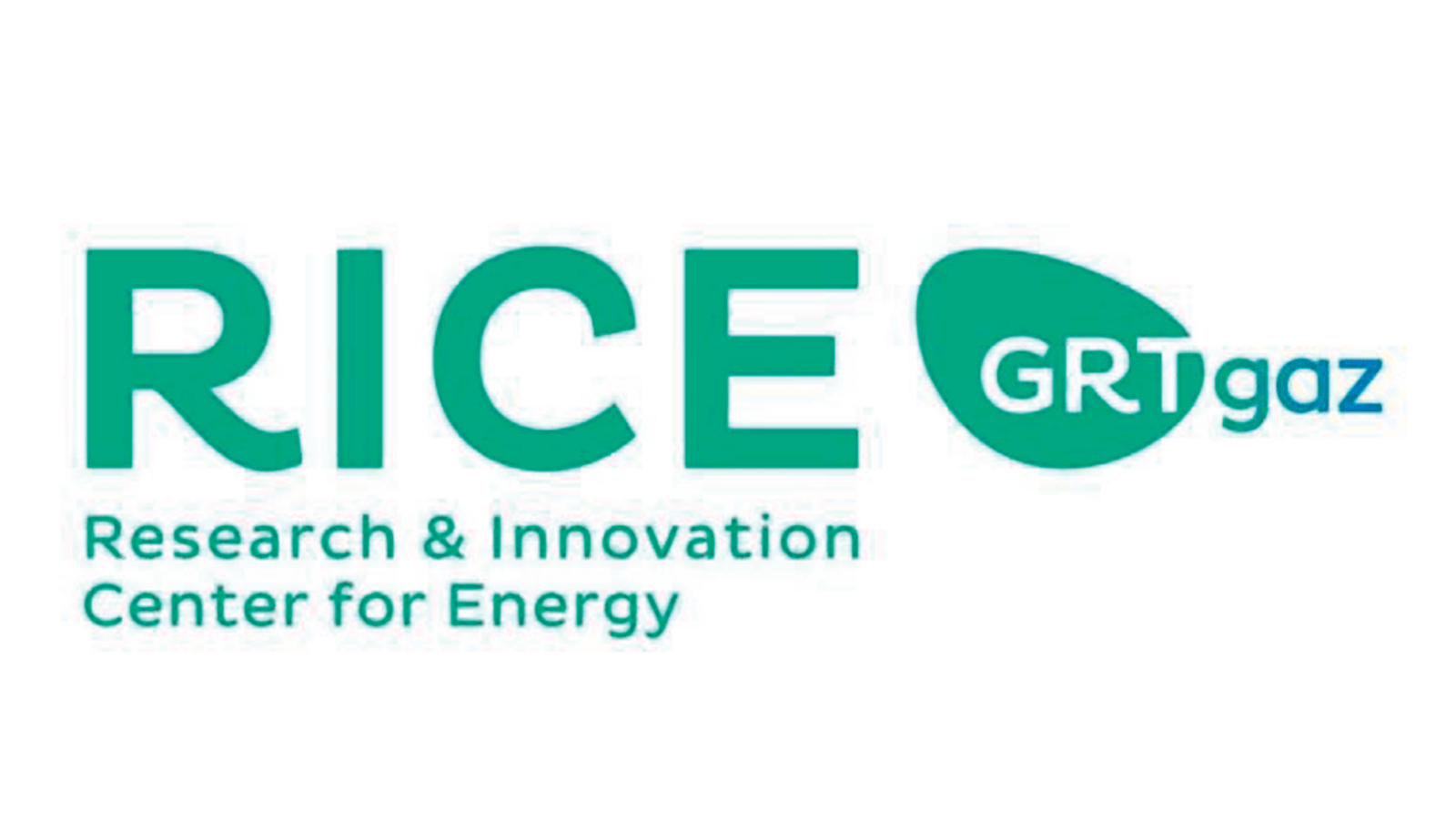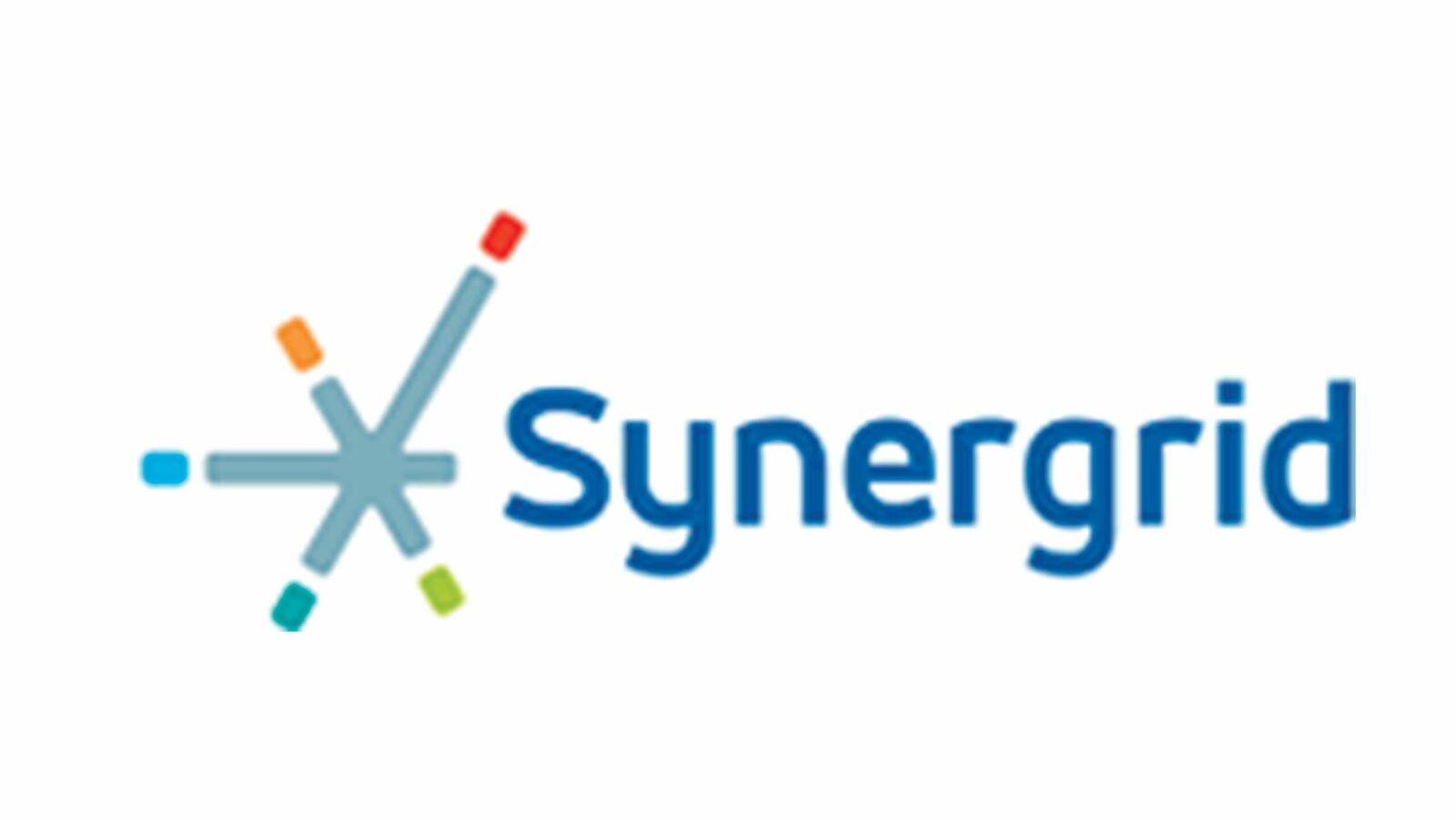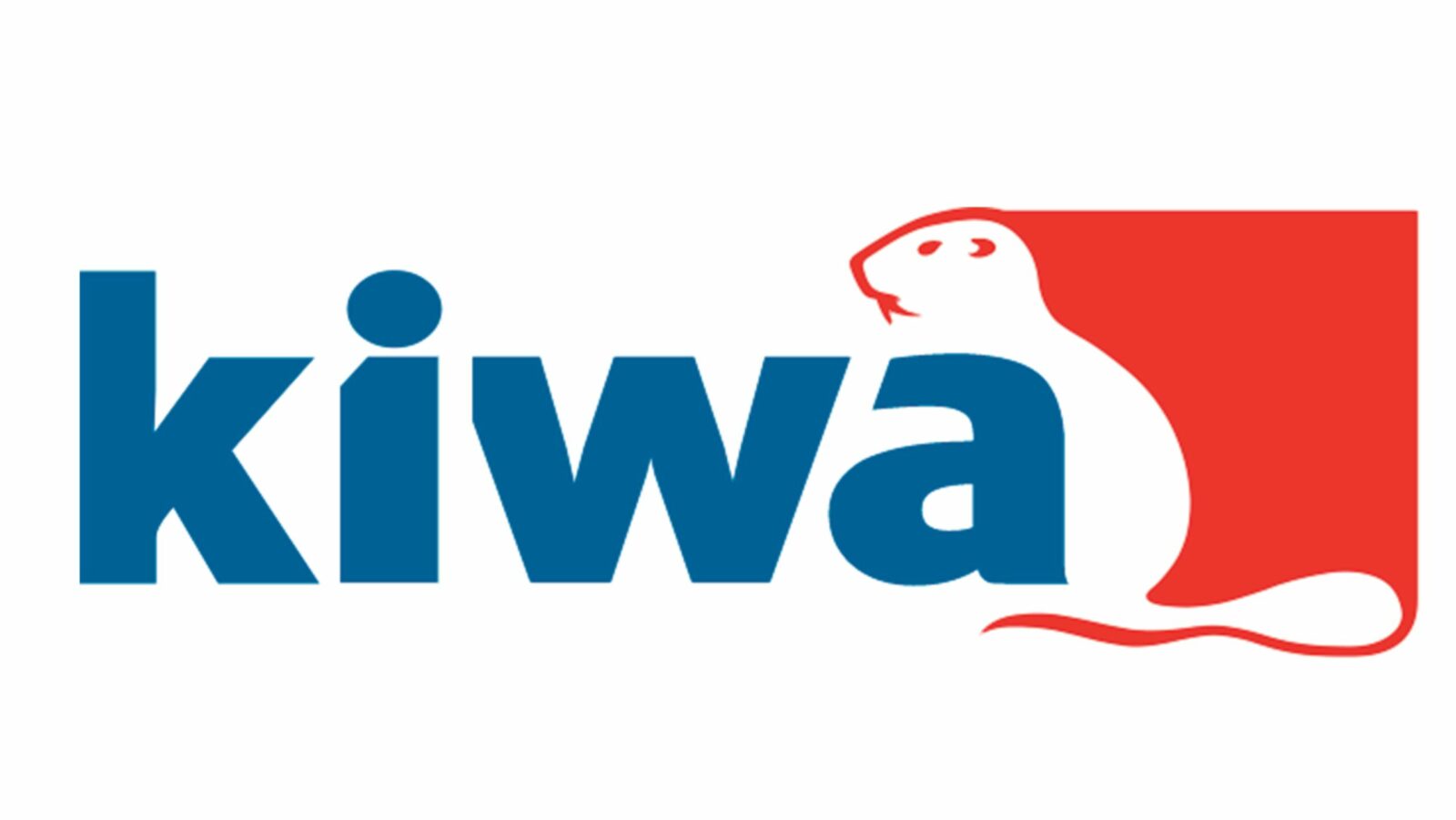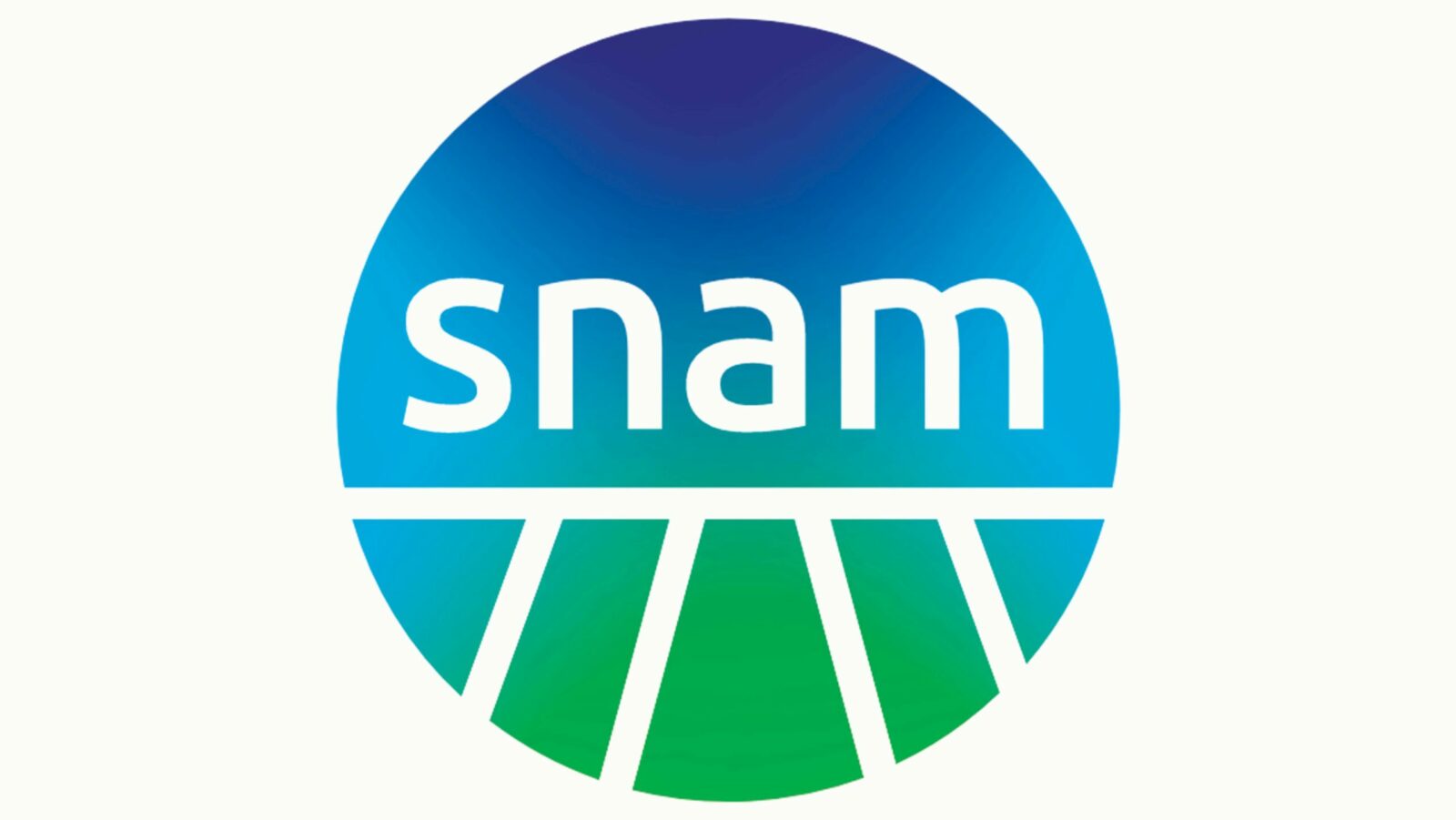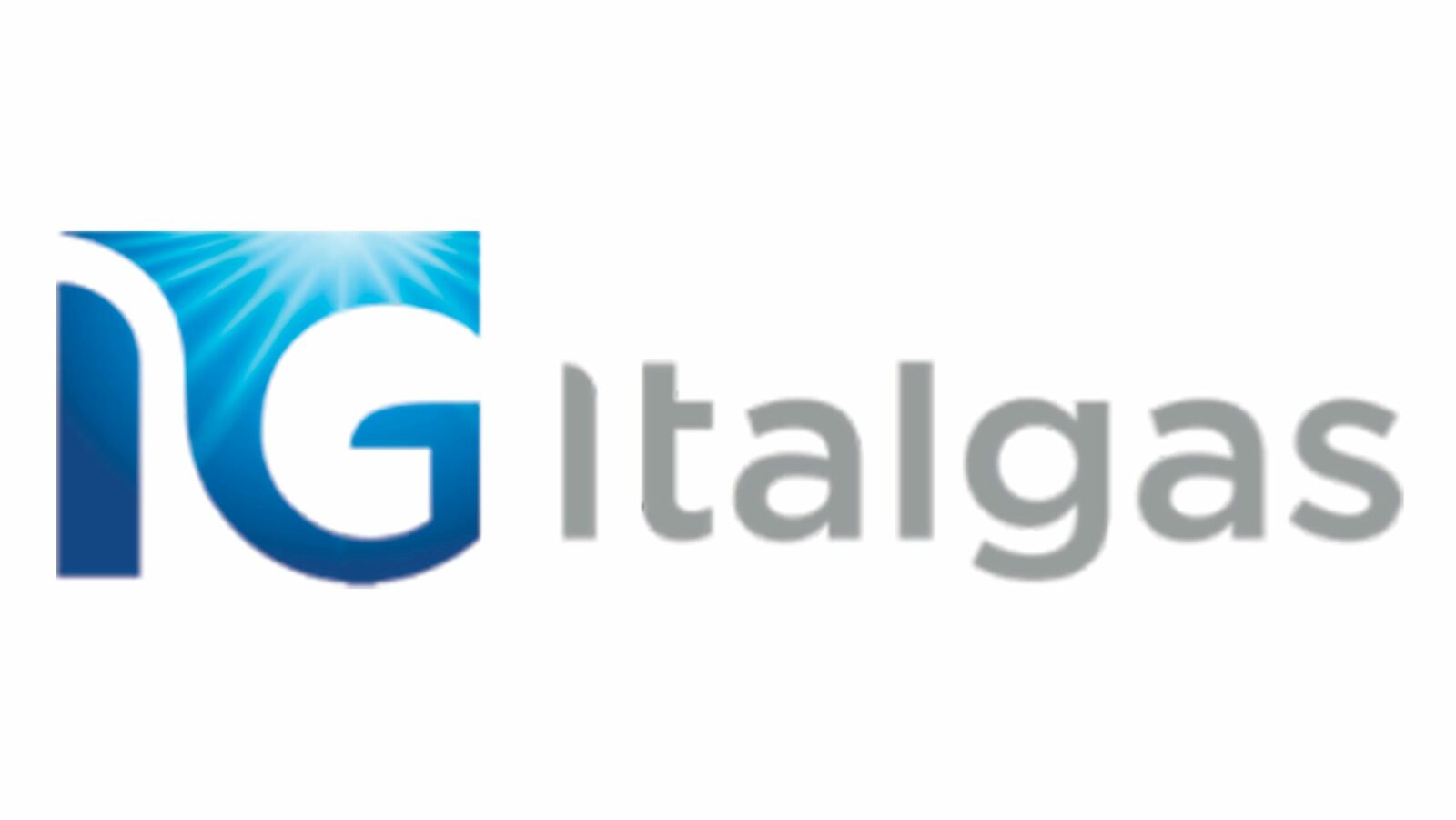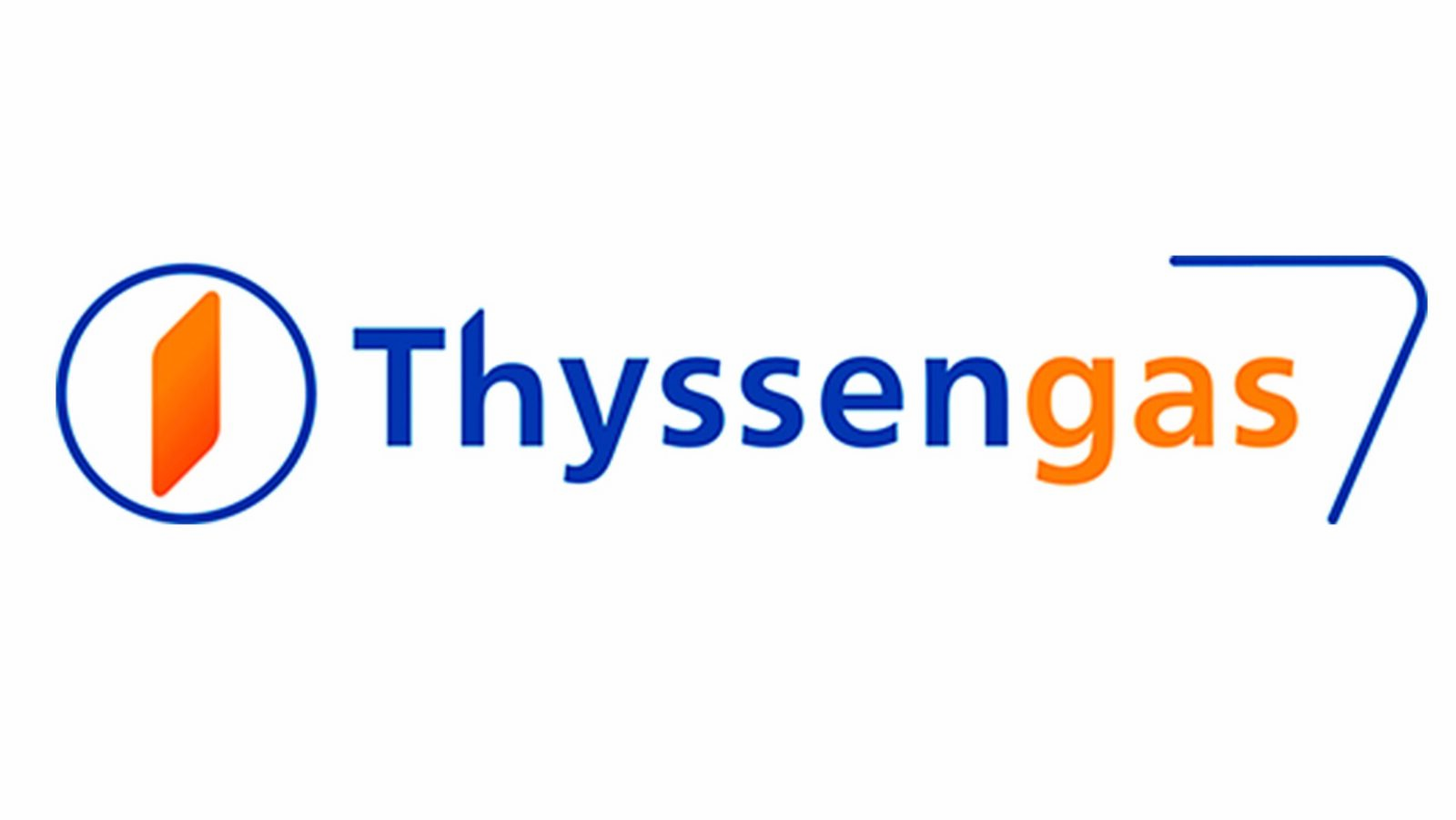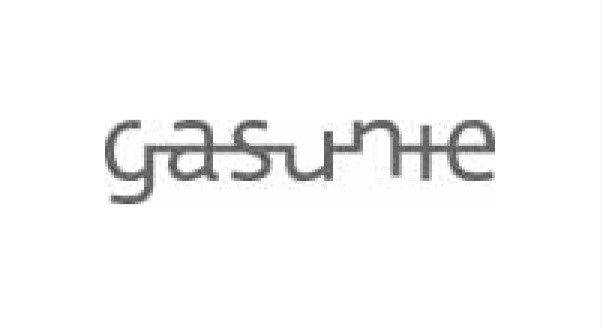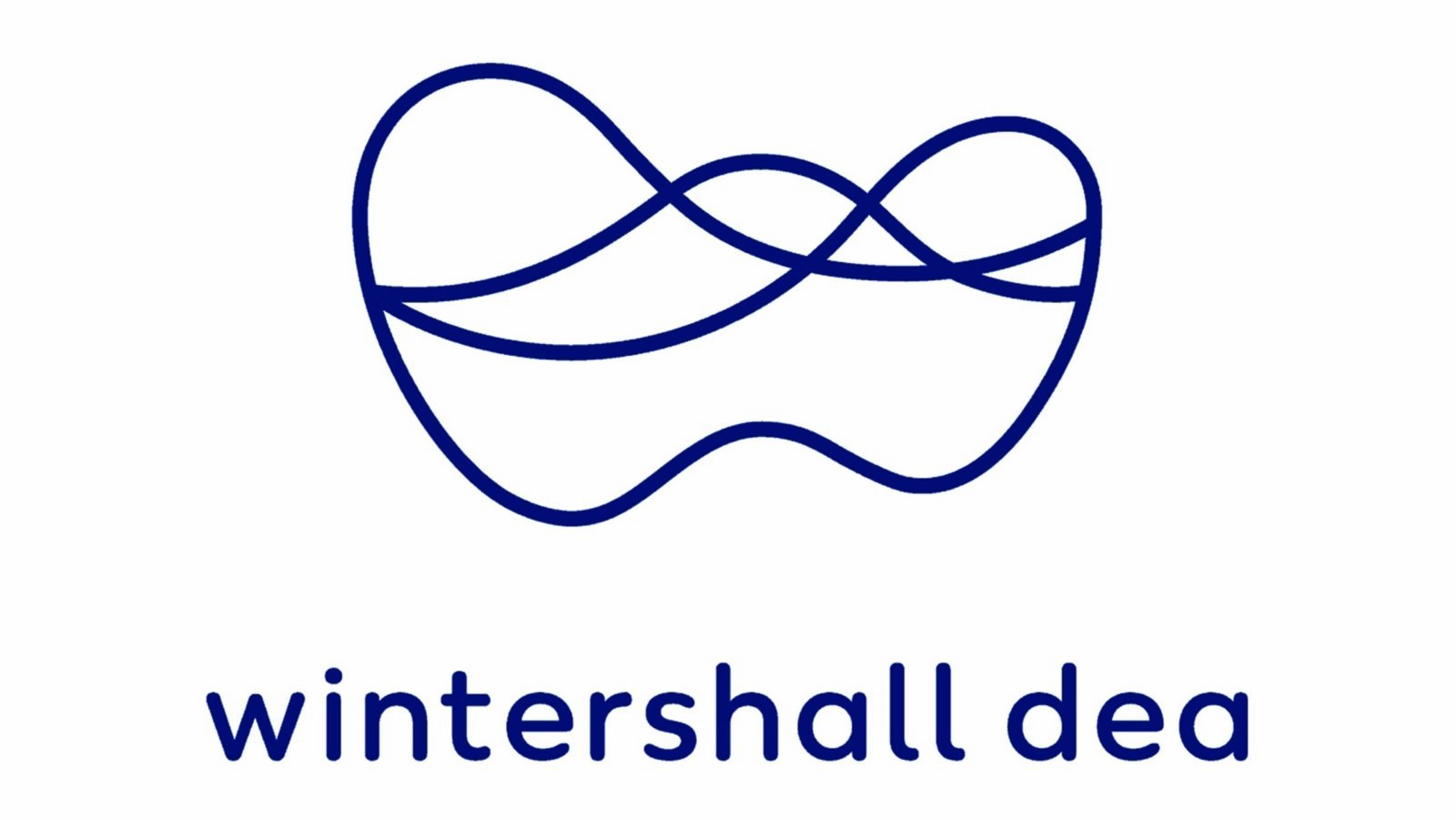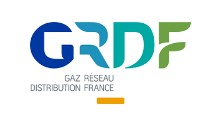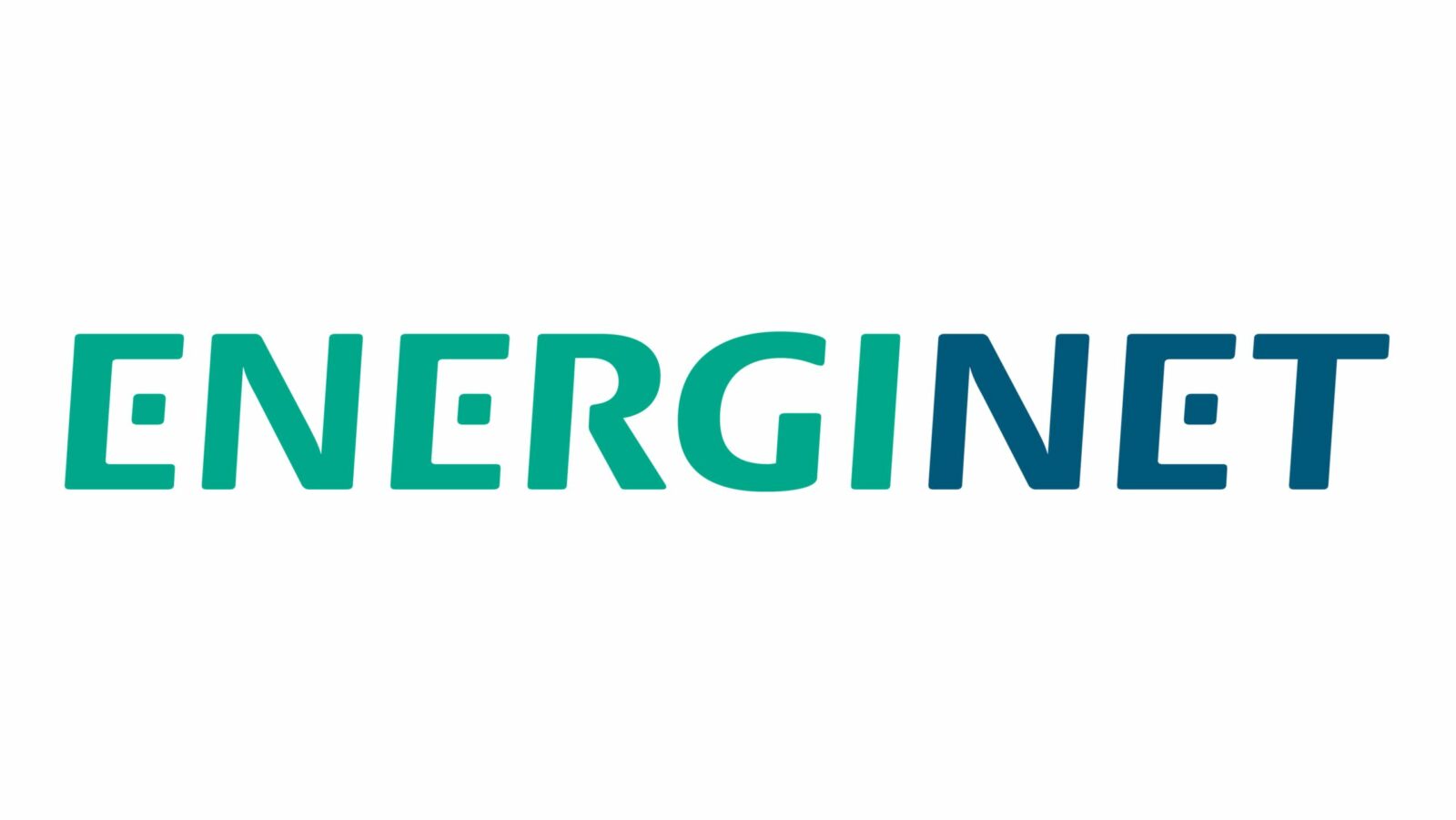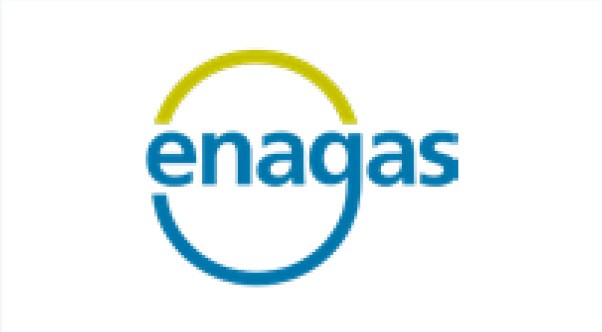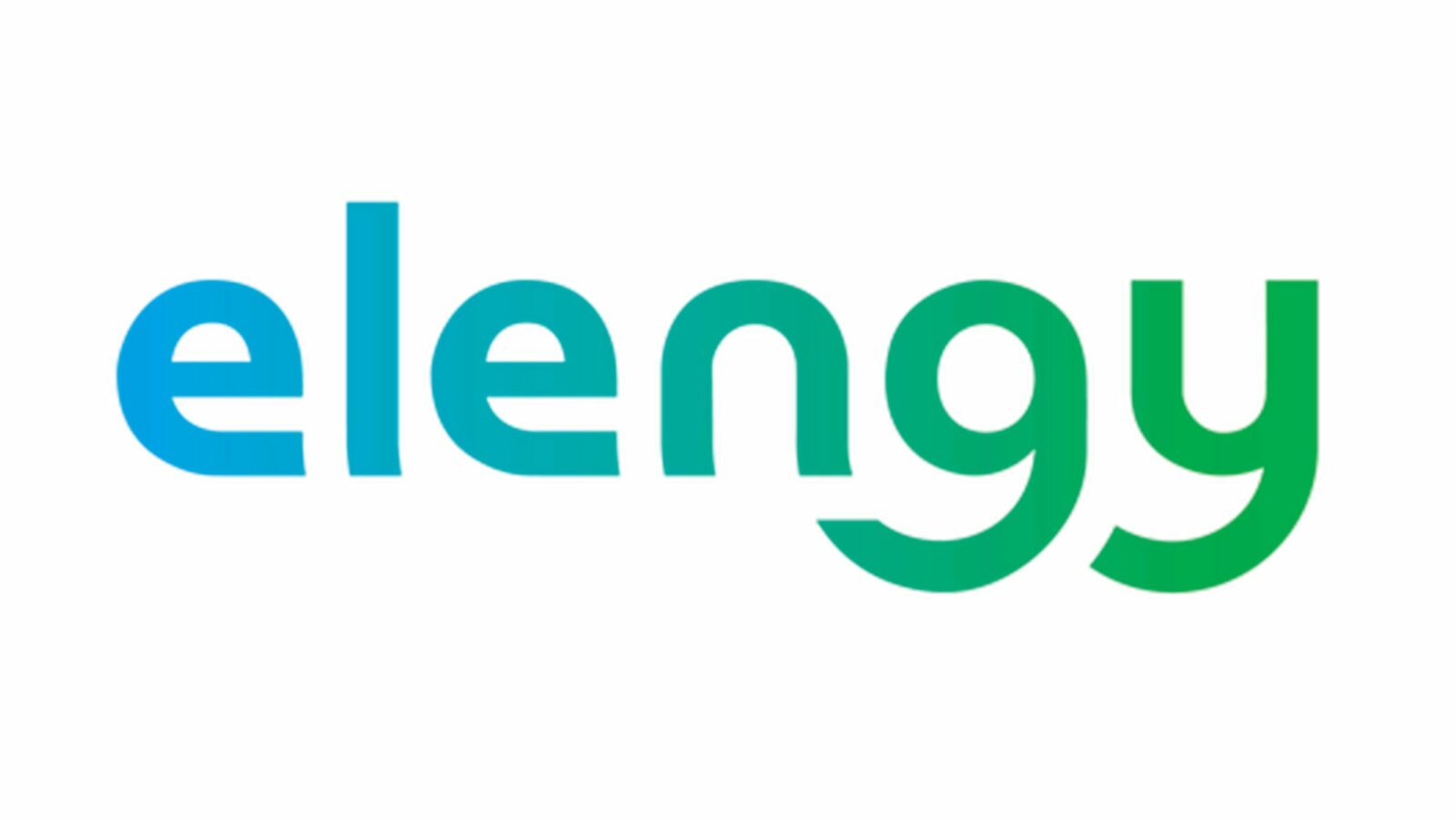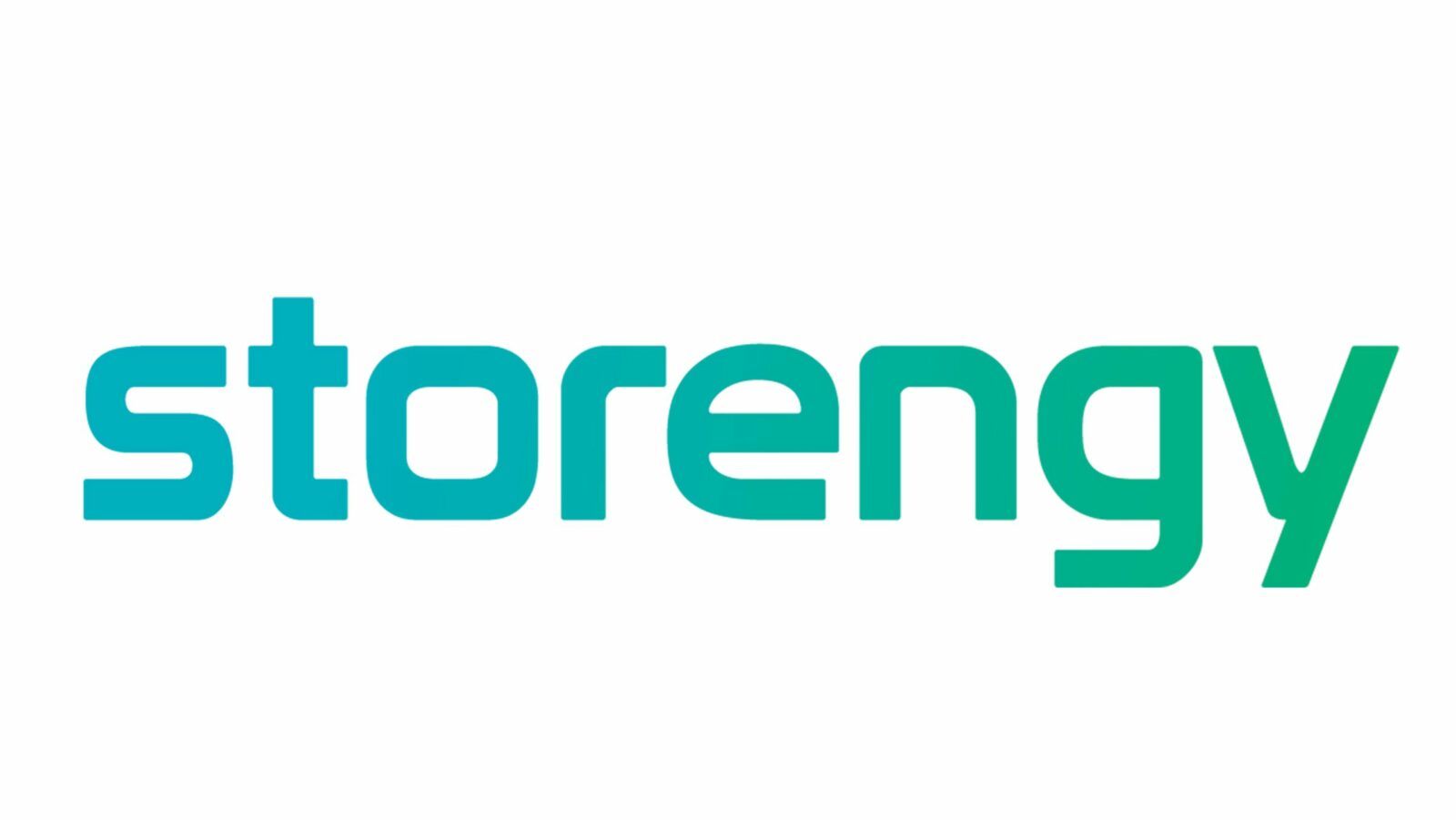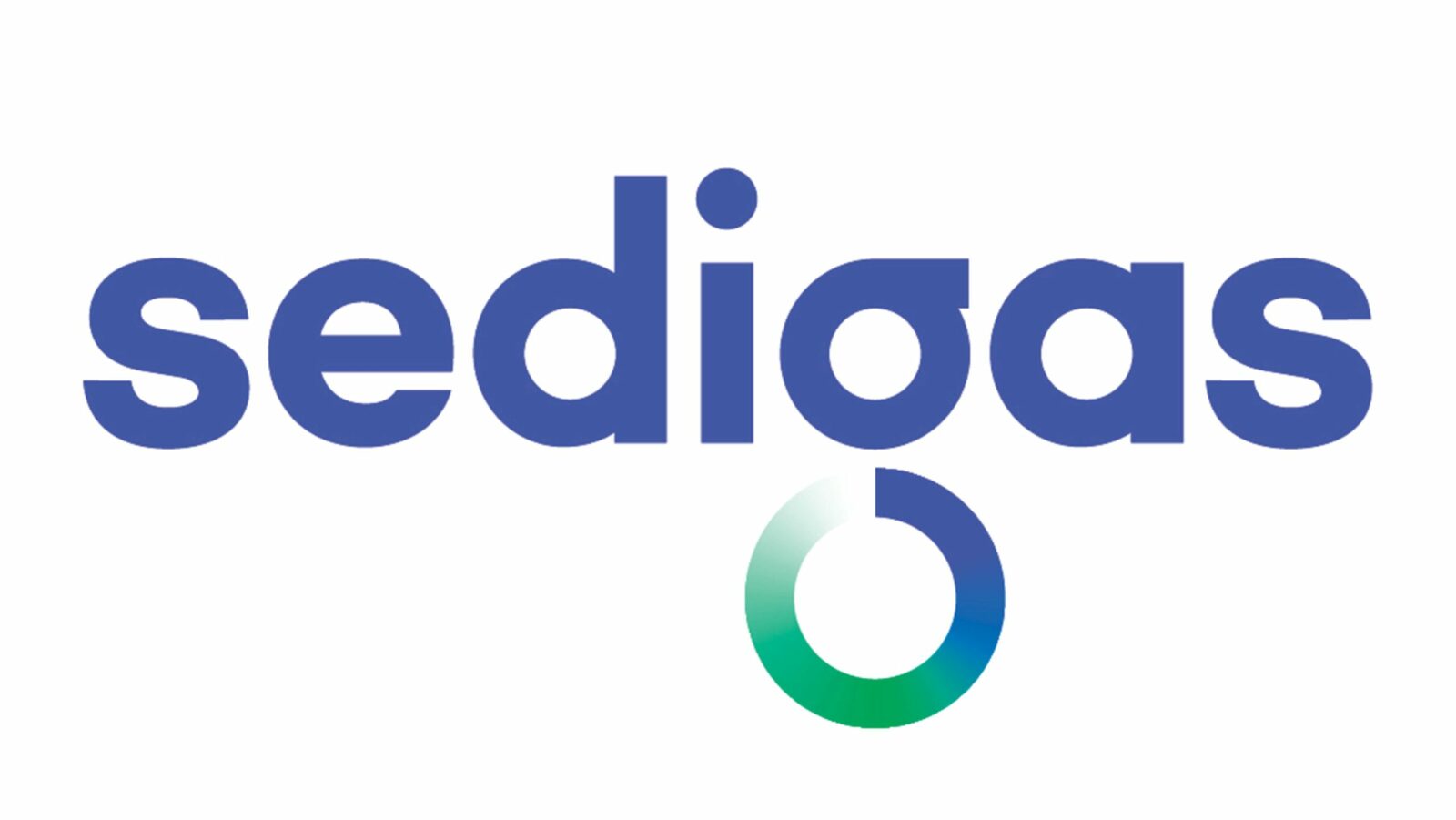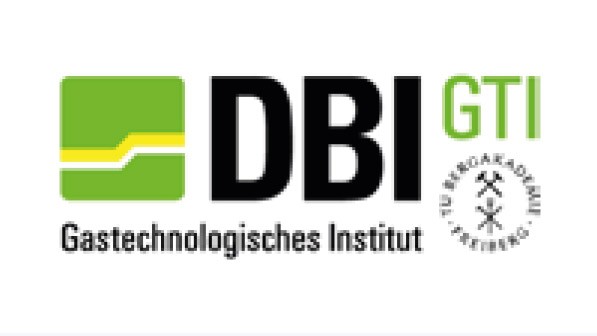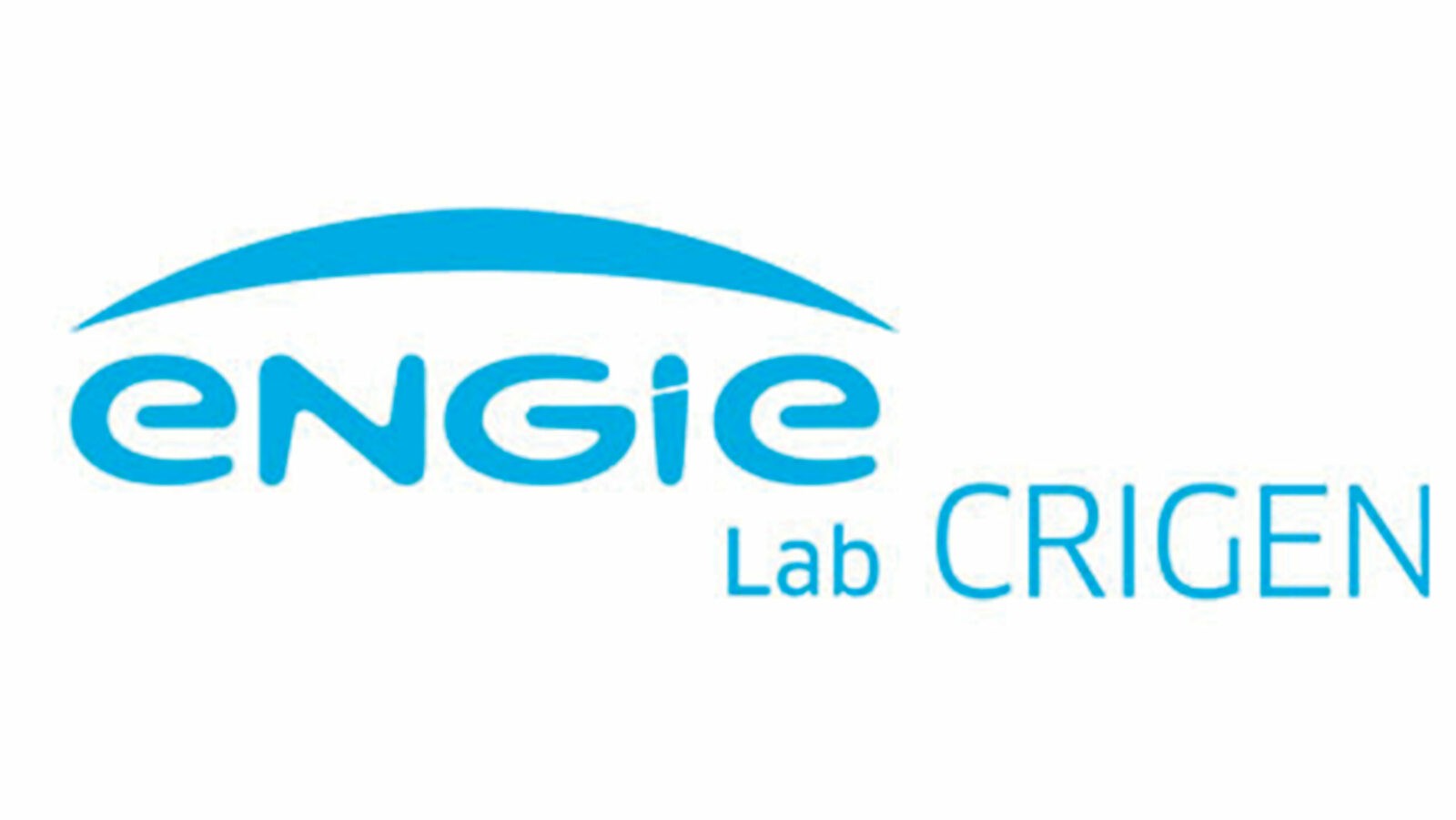The use of natural gas to replace oil and coal is one of the most feasible options for reducing carbon dioxide (CO2) emissions. However, methane (CH4) is the main component of natural gas and the second most important greenhouse gas emitted after CO2 due to its Global Warming Potential (GWP): according to the Intergovernmental Panel on Climate Change (IPCC) if we look to its impact over 100 years, one tonne of methane can be considered equivalent to 28-36 tonnes of CO2. Over 20 years it has an even higher global warming impact.
Currently, methane concentration in the atmosphere is increasing steadily as a result of human activities. In the gas sector, methane emissions can occur from known and unknown sources during the production, processing and routing of natural gas. Once in the atmosphere, methane disperses rapidly, making it particularly difficult to locate unintended leaks and quantify volumes from known sources… Measuring and reliably quantifying methane emissions volumes and sources is essential to tackle them efficiently.
‘Top-down’ or ‘site level’ methodologies provide one way of measuring those emissions. They offer an overall view of all the emissions at each site using vehicle-mounted sensors, aircrafts, satellites, or fixed cameras, coupled with atmospheric models. They detect methane emissions concentration at site level and quantify the corresponding rates and hence volumes.
The gas industry is expanding the use of such technologies to complement the currently implemented ‘bottom-up’ measurements on site. However, there is still limited experience in the use of these tools, especially for midstream and downstream gas sectors.
To improve understanding of the implementation of site-level measurement and quantification, GERG worked with the gas industry to launch a collaborative multi-phase project. It answers a need for more information on the quantification uncertainties and adequate use-cases for different top-down technologies.
- WP1 – Top-down Satellites
A promising and quickly evolving new top-down approach in which detection of methane emissions around the globe can be made monthly, daily or several times a day, is based on satellite observations.
Currently, satellites are used to spot onshore “super-emitters” (emission sources of several tonnes of methane per hour), which account for a large fraction of worldwide emissions from the gas sector. The project analysed through a state-of-the-art the existing solutions as well as the expected additions for the coming years. The results highlight the important role of satellites in global methane detection and an increasing number of satellites for industrial needs; however, today’s accuracy of quantification and detection limit mean that they are not the best solution for midstream/downstream operators. As important advances are expected in the future, the industry is following closely the evolution of the technology.
- WP2 – Top-down/site-level methodologies
This work package established a state-of-the-art evaluation of the current mobile platforms implementing top-down methodologies with in-situ atmospheric CH4 measurements. These methodologies are composed of sensors, a platform and a flow rate calculation modelling. Several flying machines and land vehicles have been deployed, primarily based on infrared spectroscopy sensors (active: TDLAS, LiDAR & passive: SOF, hyperspectral sensors). The platforms for these sensors can be:
-Aircrafts, like planes and helicopters, can fly at a large range of altitudes and allow 3D plumes to be measured by transects. The use of drones makes it possible to fly over inaccessible areas and to optimise the process by reducing the need for personnel and infrastructures.
-Land systems, including mobile laboratories and vehicles, measure concentrations under methane plumes, generally for a distance between 500m and 2km downwind of the plume.
The results showed that, although sensors had good detection performance, quantification algorithms (depending on wind measurements and GPS data, among others) are still providing high uncertainties.
- WP3 – Methodologies for gas distribution networks
Work package 3 focused on detection with mobile systems and bottom-up methodologies for in situ quantification for gas distribution networks. Because of the wide range of emission sources in the distribution of gas, methods for monitoring emissions vary. In order to gain knowledge, various quantification campaigns on distribution networks have emerged worldwide in recent years.
In Europe, most of these campaigns follow on from a former GERG project. This report therefore reviews existing work to quantify methane emissions in the distribution network by direct survey. It deals mainly with techniques developed from detection by a mobile system and bottom-up methods for on-site quantification leaks.
- WP4 – Definition of next steps
Based on the findings of the previous work packages, the project team identified additional research needed to enable the effective use of top-down technologies and proposed detailed next steps. These conclusions led to the launch of the next phase of the project:
Phase II.A. GERG ‘Technology Benchmark for site level methane emissions quantification’
This phase will allow project members to obtain valuable information on accuracy of the most promising site-level technologies. It will consist of a series of tests with blind controlled releases to analyse the ability of 11 technologies of different international providers to quantify methane emissions and to analyse the associated uncertainties.

